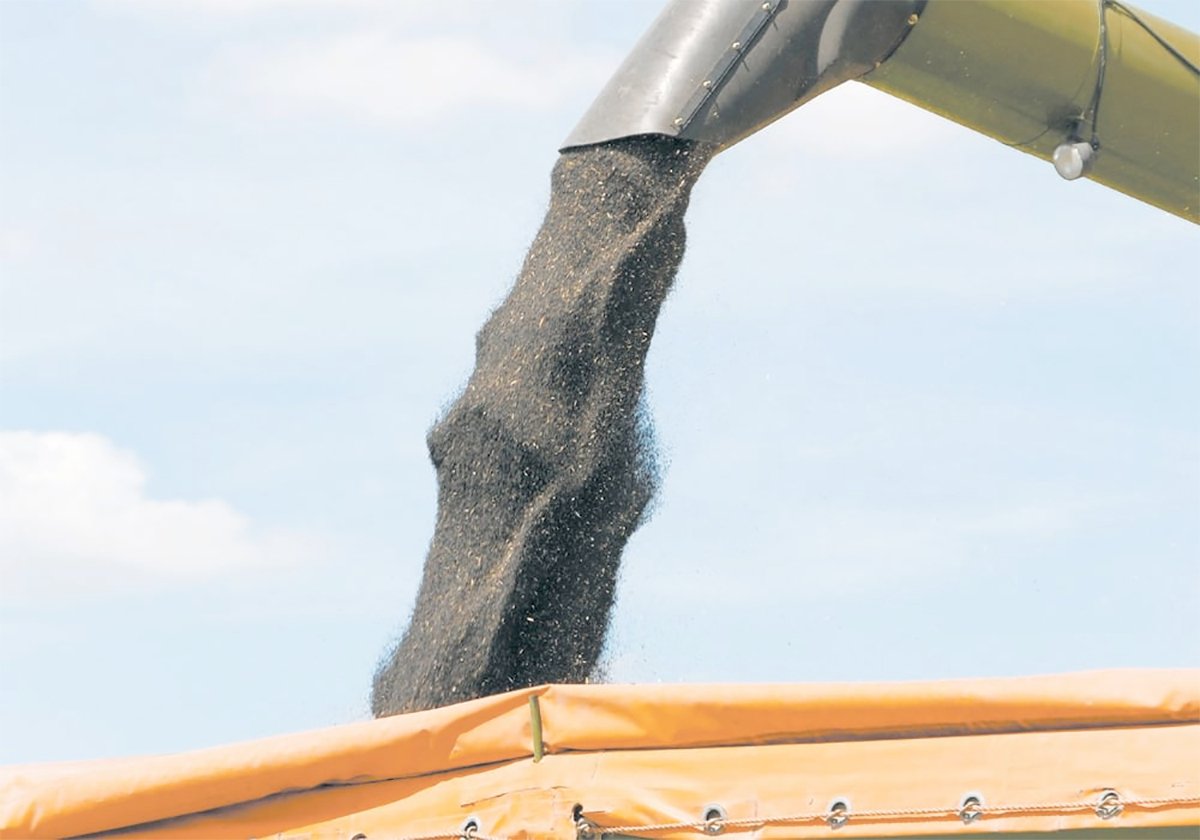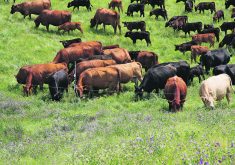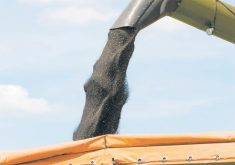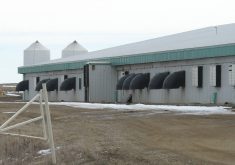Proper glyphosate use fixes resistance
I write regarding the article on page 5 of the Aug. 29 issue of the Western Producer looking for alternatives to glyphosate.
As a farm contractor in England, I was familiar with the Roundup brand name from its inception in the early 1970s. It came about as an alternative to the Gramoxone herbicide in direct drilling operations as a complete kill as opposed to Gramoxone’s top burn-off only. Roundup was excellent at couch grass (quackgrass) kill and all other field greenery.
Read Also

Determining tariff compensation will be difficult but necessary
Prime minister Mark Carney says his government will support canola farmers, yet estimating the loss and paying compensation in an equitable fashion will be no easy task, but it can be done.
When the product was launched, the Roundup label recommended five m.p.h. forward speed using 20 imperial gallons of water per acre at a nozzle pressure of 40 p.s.i.
I did not always adhere to the Roundup label instructions completely and operated at seven m.p.h. forward speed at 10 to 12 imperial gallons of water per acre, giving me 18 to 20 acres worth of spraying per tank, which worked a treat for me. Air bubble jets proved a great asset to good coverage of the crop.
After 26 years of farming and farm contracting (custom farming), I came to Canada and by chance brought my current spraying outfit with me. It was a Hardi YL Model sprayer with a 60 foot boom. The tank held 200 imperial gallons.
When pre-harvest Roundup was first licensed in Canada in 1992, I was the first outfit in the Dawson Creek area of British Columbia to offer a service I was familiar with, as it was licensed in England in the mid 1980s.
Both in England and in Canada from 1986-2014, I covered about 70,000 acres of pre-harvest weed control and crop dry-down. I also sprayed glyphosate after 1996 once Roundup Ready Canola came into fashion.
At the Alberta Wheat Pool in Dawson Creek, Roundup Ready canola was deemed the best thing since sliced bread.
I do not believe there is a problem in the correct sense with weed resistance in glyphosate. The problem is too fast a forward speed, coupled with a too low water volume, giving very unsatisfactory crop penetration, especially tall crop situations which obviously are common place.
Weed resistance is bound to eventually occur if only partial kill is achieved. Consideration must be given to the effectiveness of generic glyphosate products that started in the mid 1990s.
There is nothing clever by covering lots of crop in a day, believing all is well when it is not. If you want to do the job properly, return to seven m.p.h. with a good water volume using a respected glyphosate brand to get 100 per cent control. Cutting corners seldom works, having cut many in my 60 plus years in agriculture.
Nick Parsons,
Salmon Arm, B.C.














